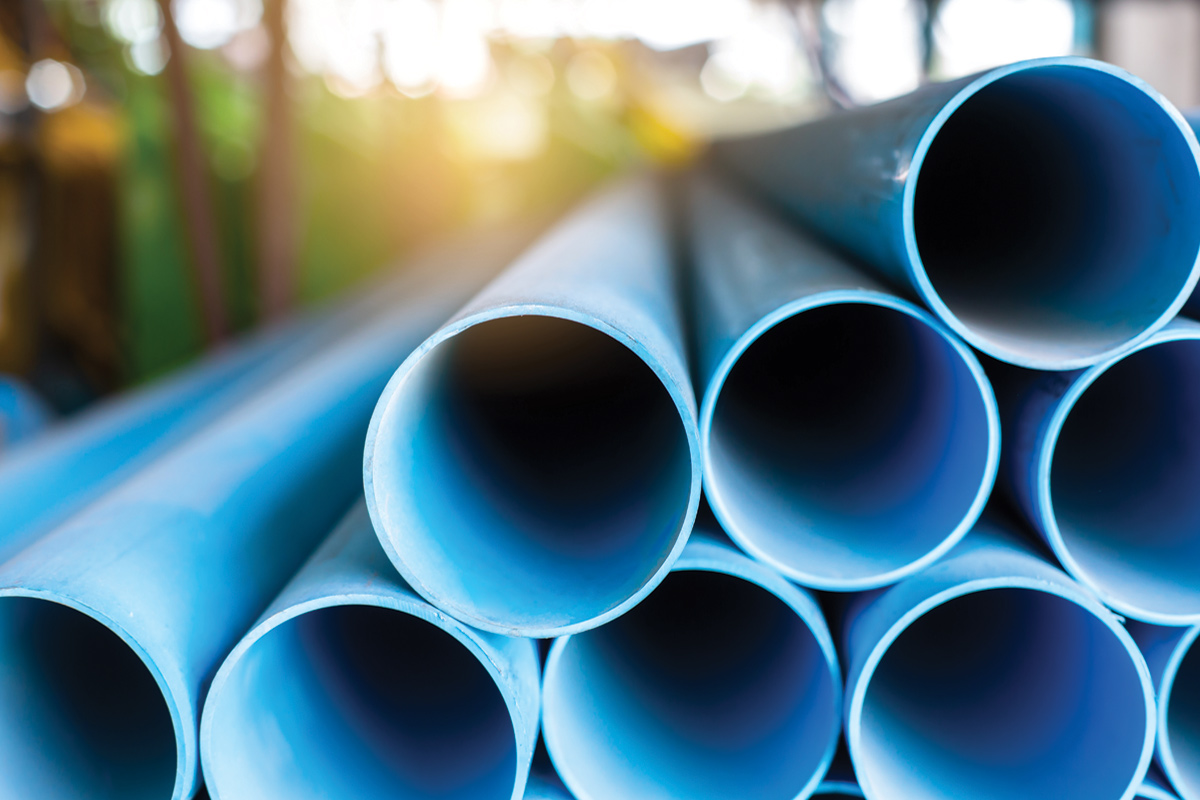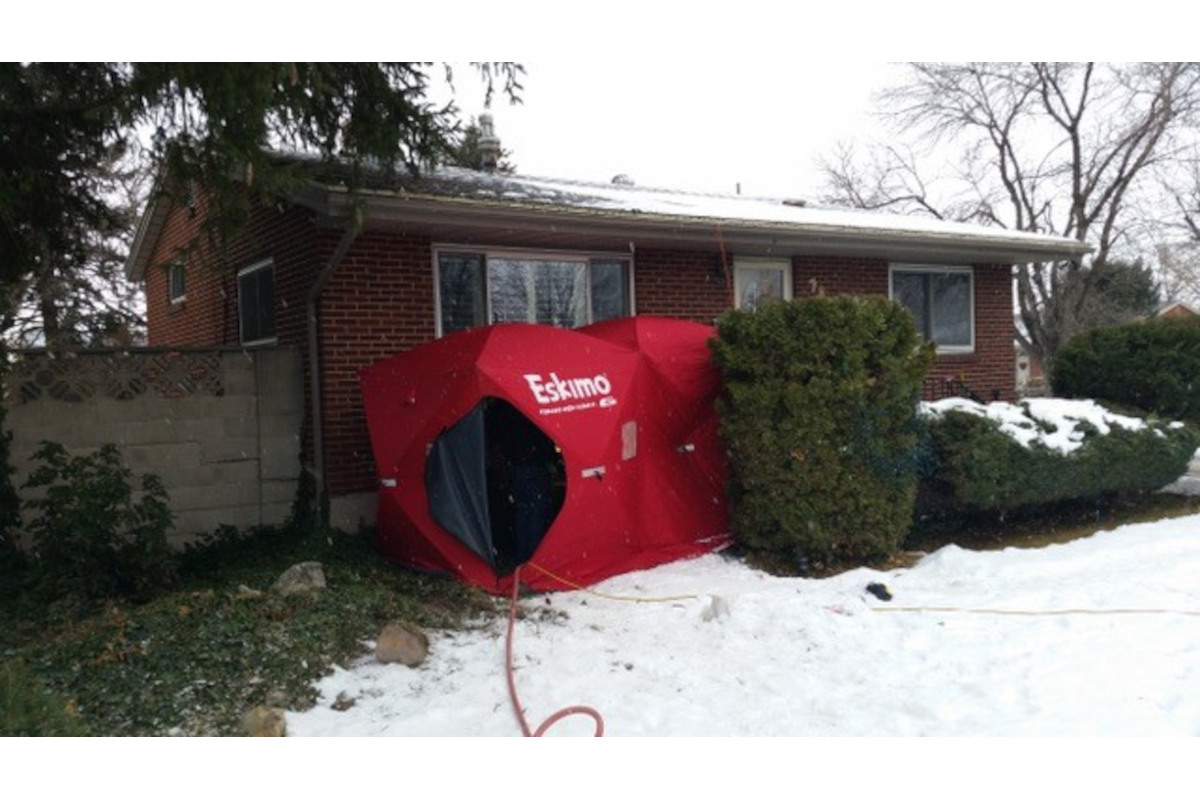
The Cutting Edge: Lateral Cutters Serve a Critical Role in the Rehabilitation Process
The lateral rehabilitation market has become an emerging and growing facet of the trenchless industry in recent years, as these underground connections age and deteriorate just as the mainlines they are connected to do. The tool used to establish these reconnections — the lateral cutter — is critical to this step in the rehab process.
Technology for the lateral cutter has evolved as the trenchless rehab niche has grown. We asked a few lateral cutter manufacturers for their insights on this important lateral rehab tool. All were excited for the lateral cutter market’s short- and long-term development, using words such as “dynamic” and “robust” to describe the current state of the lateral repair world and the tool that plays such a crucial part in its success.
RELATED: Avon Lake Regional Water Applies Unique Lateral Loan Program to Address Sewer Overflows
“As infrastructure modernizes and more underground utilities are going in, the need and ability to address laterals is greater than ever. The market for laterals has increased every year, from the mainline, lateral connections and daily production,” says Gillian Wilson, northwest territory manager at CUES, which makes both self-propelled and pull through lateral cutters. “It has been long understood that the majority of I&I in a municipal system originates from the lateral side.”
So, what role does the lateral cutter play? Simply stated, a lateral cutter is a remotely controlled unit that is used to reinstate the lateral connections in the renewed pipe. How it works: The cutter is inserted into the mainline and advanced toward the lateral connection that is located via a coordinated measurement. The cutter makes an initial hole to relieve any flow that may have accumulated in the lateral and to help remove the remainder of the lining material from the lateral opening so the lateral can be reconnected.
A good, dependable lateral cutter is an essential tool in the toolbox when it comes to cured-in-place pipe (CIPP) work. This tool has to be able to handle the daily wear-and-tear of cutting through new liner in a variety of pipe and pipe size.
Cutter Technology
As with any technology, evolution is critical to its longevity in the market. For lateral cutters, its design and materials used to create them have pushed their advancement. Katja Lindy-Wilkerson, CEO at Picote Solutions, points to the emergence of cutters capable of passing through the lateral itself as just one of the significant technological advancements. Picote has offered cutters since 2008, starting Finland and entering the global market in 2012.
“Quite a bit of advancement has occurred with the shift from analog style controls to the more advanced digital computer-controlled system now available,” says Dale McPherson, product support at TRY TEK Machine Works, which offers lateral cutters that range from 3 to 24 in. TRY TEK touts its T150 pull-in-place cutter with a sealed swappable power unit. “[As] sealed units with moisture control and condensation monitoring have emerged, the days of opening a unit and pouring fluid from the housing have passed.”
RELATED: Technological Advancements Help Lateral Cutters Keep Pace with Evolving Rehab Processes
Wilson notes that the emergence of the self-propelled solution has pushed the market forward, with several options available. “Self-propelled cutter reliability is improving and the amount of cutter head attachments are endless. Cutting with different bits, carbon wheels, water pressure, installing lateral connection liners, lateral plugs and the list grows,” she says.

Schwalm USA national product manager Casey Kane points to the actual use of a camera, giving the cutter operator the ability to see what they are cutting; Schwalm’s cutter line up consists of its Talpa FSR 1330 and 2060. “They went from being a blind technology (no camera) to having an integrated camera system so the operator can see exactly what they are cutting,” he says. “This allows the operator to be much more effective and productive. The improvements in cutter technology continues to get better. We’re seeing more powerful motors, better battery life, HD cameras, just to name a few.”
What Are Contractors Looking for?
As the technology has improved, what are contractors looking for when shopping for a lateral cutter? Cost is always a factor in any equipment purchase but terms “value” and “brand-reliability” were also used to describe what customers are asking about. Product reliability is also key — simply put, the tool has no value to the contractor if it continually breaks down during a job.

“Performance and value, value, value,” says Kane. “That doesn’t just mean the lowest price. They are not just shopping for the equipment but also a well-established company to back it up. Contractors are looking for the features of power, ease of use, the ability to do multiple cutting functions on a single platform and interchangeable major components between robots.”
“Brand-reliability is No. 1. But contractors are also looking for value, cost and equipment reliability,” Wilson says. “As more overseas suppliers enter the market, reliability is more crucial than ever. The manufacturing support system backing that equipment is very important. Repair time, parts, loaners, tech support and someone who answers the phone.”
RELATED: Lateral Lining: Comprehensive Approach to Sewers
The tool makers also say there are other considerations contractors need to keep in mind when perusing the cutter catalog. Quality, of course, matters, as well as support staff and ease of maintenance. Getting recommendations about the companies they are dealing with is also a good step to take.
“Contractors need something that will work quickly and efficiently without disrupting the flow of their planned work. Quality and proven tools that have been widely used in the field are recommended,” advises Lindy-Wilkinson.
McPherson suggests that contractors take into account current and future business growth to plan the purchase accordingly. He also offers that pull-in-place cutters are less expensive to get started and may be used with more advanced equipment down the road. “Ultimately a machine that performs well in smaller pipe that can navigate offsets, sags and other deviations while still fulfilling a role in larger pipe,” he says.
Kane and Wilson both stress that the need for not just getting references but to also follow through and check them out — and ask questions. “Contractors or municipalities should always check references,” she says. “[We] recommend asking for more than 10 references and a user list, not just one or two users. How long has the equipment been on the open market for reliable data? This will give the potential customers a good feel for what is being used in the largest market and how the experience has been with support.”
“Don’t be afraid to ask for references,” Kane says. “A good supplier should be able to provide you with as many references as you need to accurately check their performance on service and support.”
Keeping in mind that part of the future of the newly purchased cutting tool depends on how well a contractor keeps up with, well, the upkeep, this group offers a few general maintenance tips. Depending on regular maintenance and frequency of use, a cutter can last five years or longer. A few involve checking for wear and tear on the grinding panels and cutter head, Lindy-Wilkerson says.
McPherson says the old adage of “Take care of your equipment and it will take care of you” may sound corny but holds true. “Crews ultimately benefit with proper care and maintenance and that practice rewards management and logistics along the way,” he says. “The lifecycle of a cutter depends ultimately on its design and the maintenance it receives. Well-maintained cutters can last for years when inexpensive worn parts are replaced before damaging other more expensive components.”
Basically, it comes down to common sense and giving your tool — which was a business investment —the proper daily preventative care.
“The simple act of cleaning all the debris off the cutter at the end of each shift is enough to increase its life by years,” Kane says. “Keeping motors and cutting heads properly lubricated are another easy ‘care’ task.”
Sharon M. Bueno is managing editor of Trenchless Technology.




